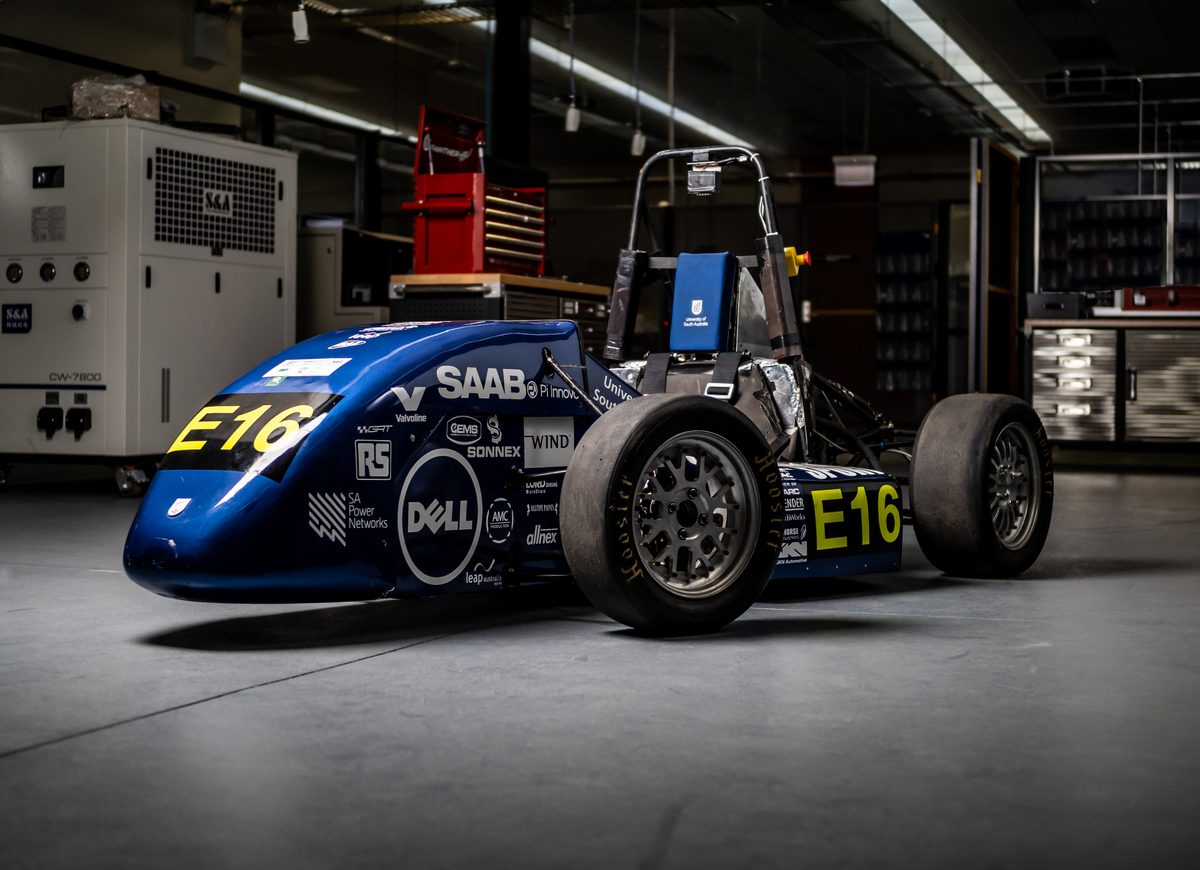News
Kvaser and partners toolchain supports UniSA Motorsport’s 2021 electric contender

The Formula SAE Team of the University of South Australia, UniSA Motorsport, is continuing a relationship with Pi Innovo, MathWorks and Kvaser to help build its 2021 contender.
UniSA Motorsport uses Simulink to build most of the vehicle control system, everything apart from the battery management system and motor inverter electronics, which are COTS. Recounts Hoang Pham, UniSA Motorsport Team President: “We watched other teams and assessed how long it took them to get to a running vehicle and considered what we could do to accelerate that without loss of safety or functionality. Model-based design allowed us to very quickly build the model and test on the testbench, feeding in CAN bus data via Kvaser’s Leaf Light v2.”

Pi Innovo supplied Simulink target compatible ECUs, the OpenECU Simulink blockset and PiSnoop for calibration, diagnostics, data acquisition and reprogramming. The team were also assisted by Wind River’s DIAB Compiler, an industry standard compiler for use in safety-critical applications such as automotive, industrial, nuclear, aerospace and medical applications. “This allowed us to quickly build a stable, industry standard codebase focussing on efficiency and safety-critical code generation,” says Pham.
The team employ a number of Kvaser interfaces: a USBcan Pro 2xHS v2 and Kvaser Leaf Pro are used interchangeably to program and monitor the vehicle systems, both on the testbench and whilst the vehicle is in full race trim, whilst a Memorator Pro 2xHS v2 “validates and correlates CAN bus traffic to ensure system stability and operational states,” according to Pham.
For the 2021 car, the team have three design aspects in focus: overall design optimisation, involving a re-evaluation of all parts of the system for weight and performance; improvements to the battery modules to cope better with the Australian heat; and data collection, logging and system validation. Pham explains: “We are re-targeting our platform to a CAN-FD capable ECU and making increased use of Kvaser’s CAN FD and datalogging capabilities.” It’s an approach that is worthy of a professional design team; we look forward to seeing UniSA Motorsport’s progress!
Follow UniSA Motorsport at unisamotorsport.com.au >>
 linkedin
linkedin twitter
twitter youtube
youtube youku
youku weixin
weixin